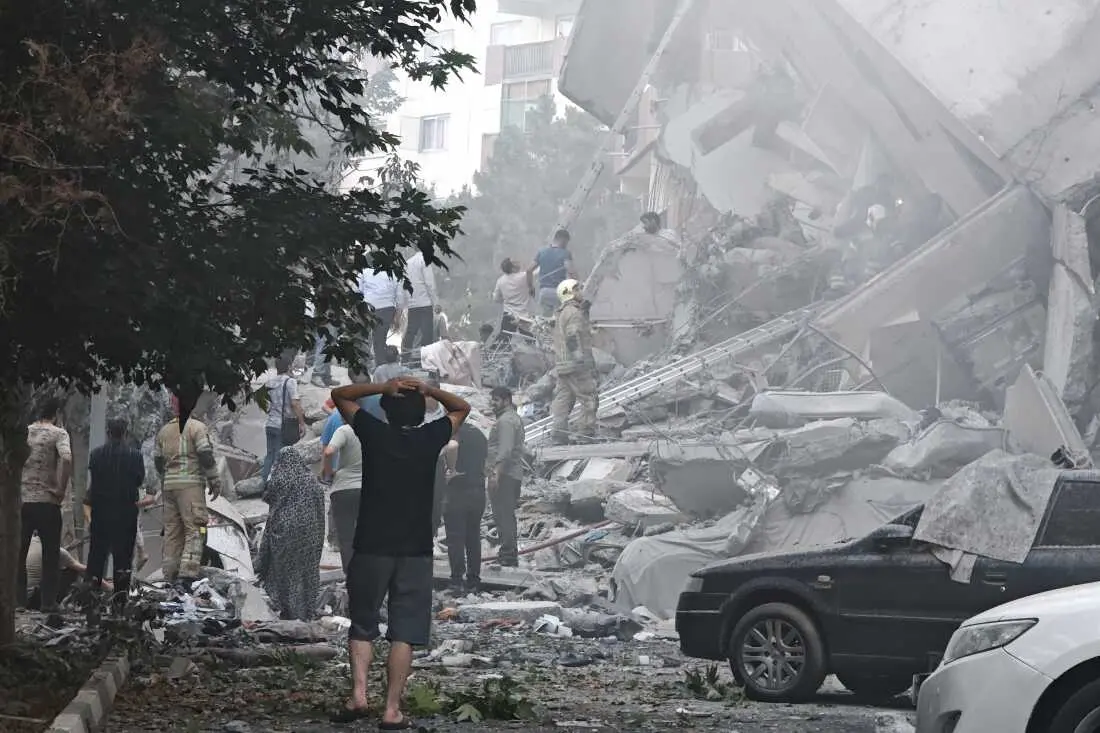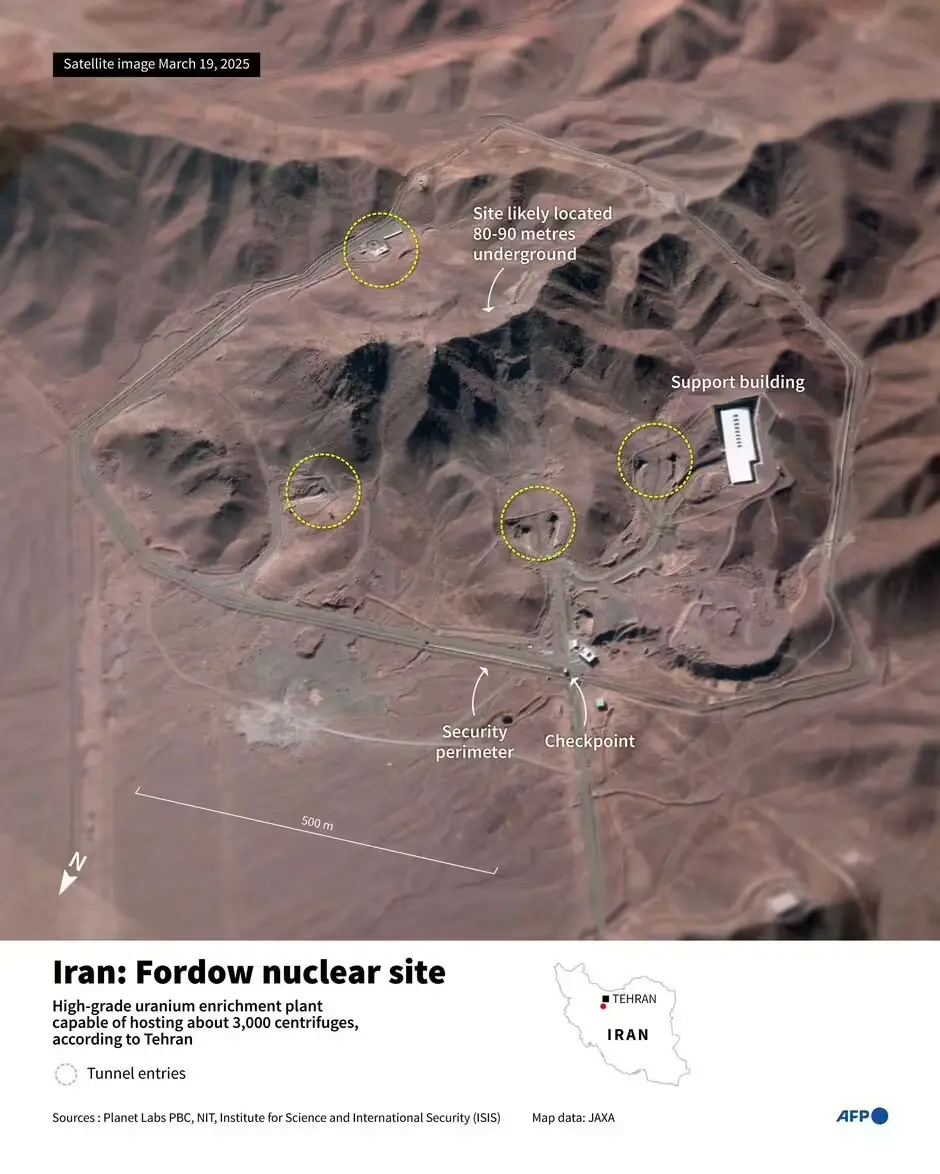On June 20, 2025, a 5.1-magnitude earthquake rattled northern Iran, specifically the Semnan region, at 9:19 PM local time. The tremor occurred approximately 36 kilometers southwest of Semnan, at a depth of 10 kilometers, according to the United States Geological Survey (USGS) . The earthquake’s epicenter was situated near key military and space facilities, including the Semnan Missile Complex and the Semnan Space Center, raising concerns about potential links to nuclear activities.
Did an Earthquake Hit Iran?
Yes, a 5.1-magnitude earthquake struck northern Iran on June 20, 2025. The tremor was felt in various regions, including Tehran and Qom, causing brief alarm among residents. Despite the intensity of the quake, no significant damage or casualties have been reported.

Earthquake Struck Iran’s Military and Nuclear Hub
Semnan hosts significant infrastructure, including a space center and missile complex, run by Iran’s military. The quake’s proximity immediately sparked questions: was this natural, or could it be related to nuclear testing or regional military activity?

Seismologists Confirm Natural Origin – No Nuclear Explosion Involved
Despite the proximity to strategic installations, multiple geophysical experts and seismological authorities have confirmed that this was a natural earthquake, not triggered by nuclear activity:
-
US Geological Survey (USGS) and the Comprehensive Nuclear‑Test‑Ban Treaty Organization (CTBTO) reported standard seismic signatures—both P‑waves and S‑waves—consistent with tectonic movement, not nuclear blasts.
-
Independent seismology labs analyzing waveforms concluded the quake is consistent with regional plate movements, typical for Iran’s seismically active Alpine–Himalayan belt.
-
A leading regional seismologist stated the depth of 10 km is far too deep to be associated with nuclear detonations, which usually occur at less than 2 km depth and yield smaller magnitudes.

Frequent Quakes and Recent Activity
Iran experiences over 2,100 earthquakes annually, about 15–16 of which exceed magnitude 5.0. Historic data show nearly 96,000 quakes between 2006–2015, making such events common.
This event followed a smaller 2.5-magnitude tremor near Fordow—another facility tied to Iran’s nuclear program—only five days prior. That minor quake coincided with Israeli strikes, fueling speculation, but received the same expert rebuttal as natural.
Why the Nuclear Test Rumors?
Speculation emerges whenever seismic events occur near military or nuclear facilities, especially in conflict zones with Israel:
-
Underground nuclear tests historically generate P‑wave-dominated signals without S‑waves.
-
Tests are typically shallow (<1–2 km) and here, depth combined with full seismic wave propagation disproves nuclear activity.
-
Monitoring bodies like the IAEA, USGS, and CTBTO have not detected evidence of nuclear tests in the region.
Analyses confirm the June 20 quake displays the hallmarks of natural tectonic activity common in the region.
Earthquake Iran Nuclear: Fact from Rumors
There have been prior claims—such as a 2024 rumour that Iran engaged in nuclear-triggered quakes—but these were discredited by seismic science.
Experts affirm nuclear tests would produce smaller magnitude tremors, lack aftershocks, and occur much shallower. They also would trigger global nuclear detection networks, which remain silent in this case .
Impact and Continuing Monitoring
Although no damage was reported, the event underscored Iran’s seismic vulnerability, especially near critical infrastructure. Authorities and seismologists continue to monitor for aftershocks, particularly in the tectonically active Alborz Mountains.
Given the proximity to sensitive sites and ongoing conflict, vigilance remains high—but experts maintain the earthquake was entirely natural in origin.


